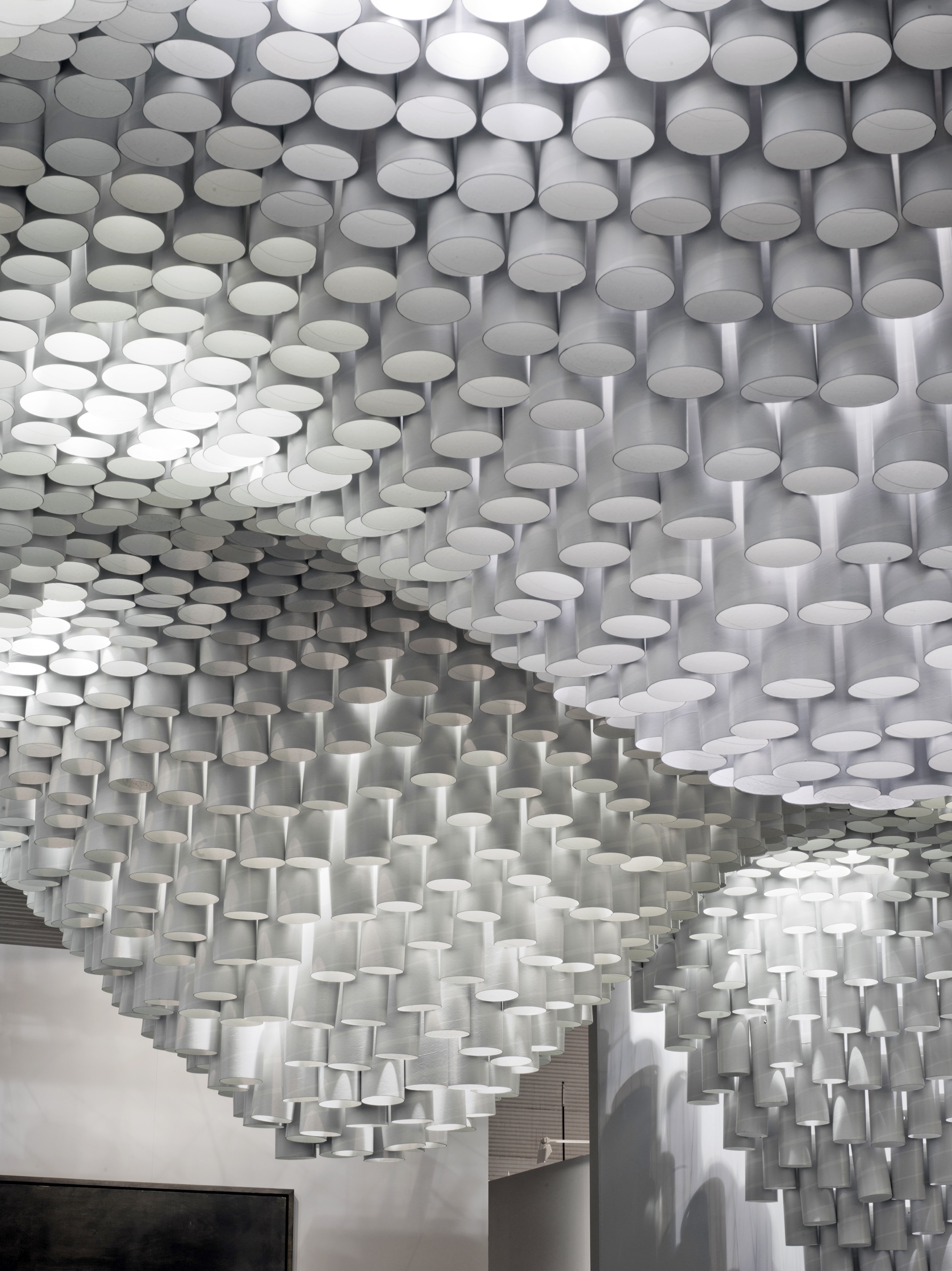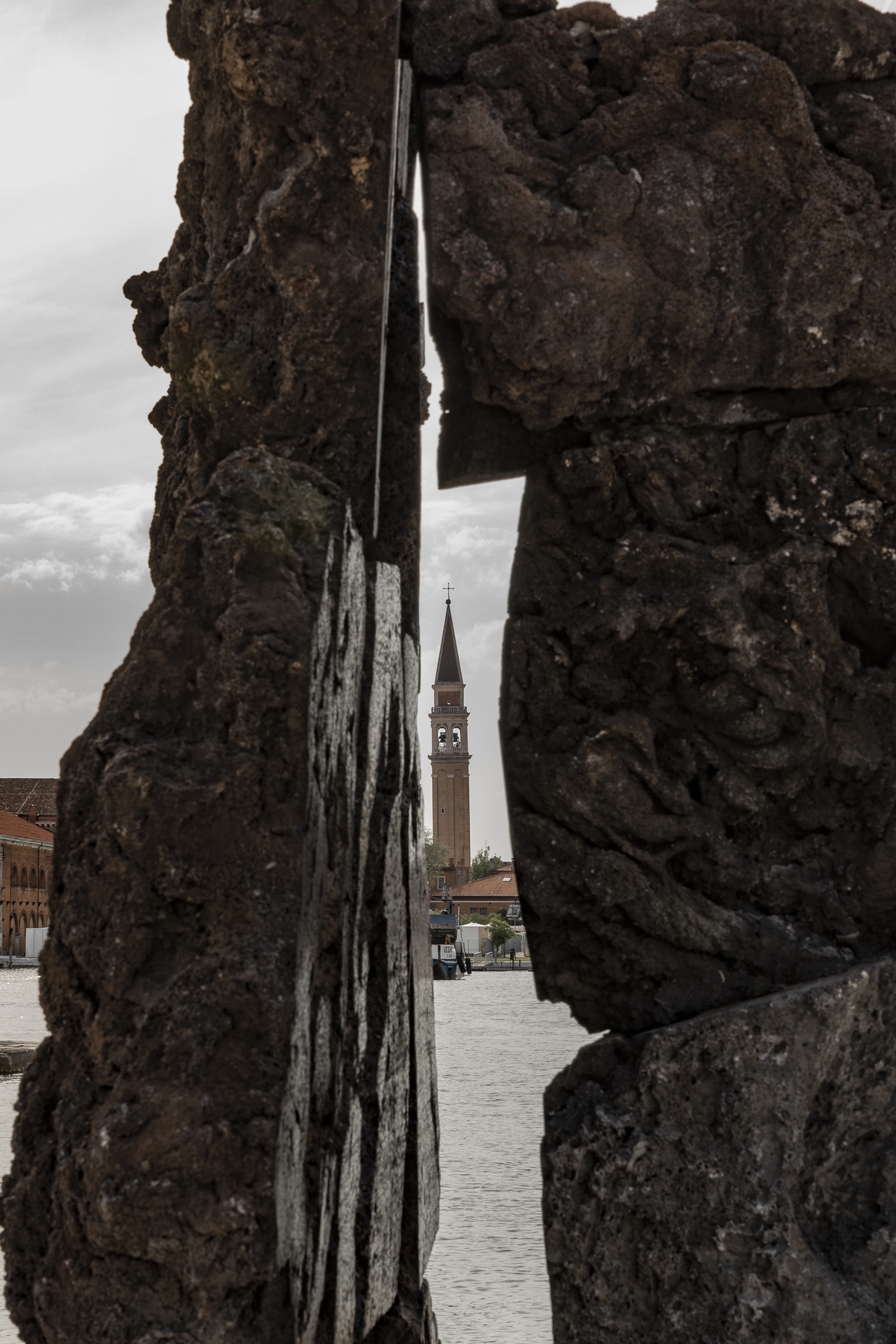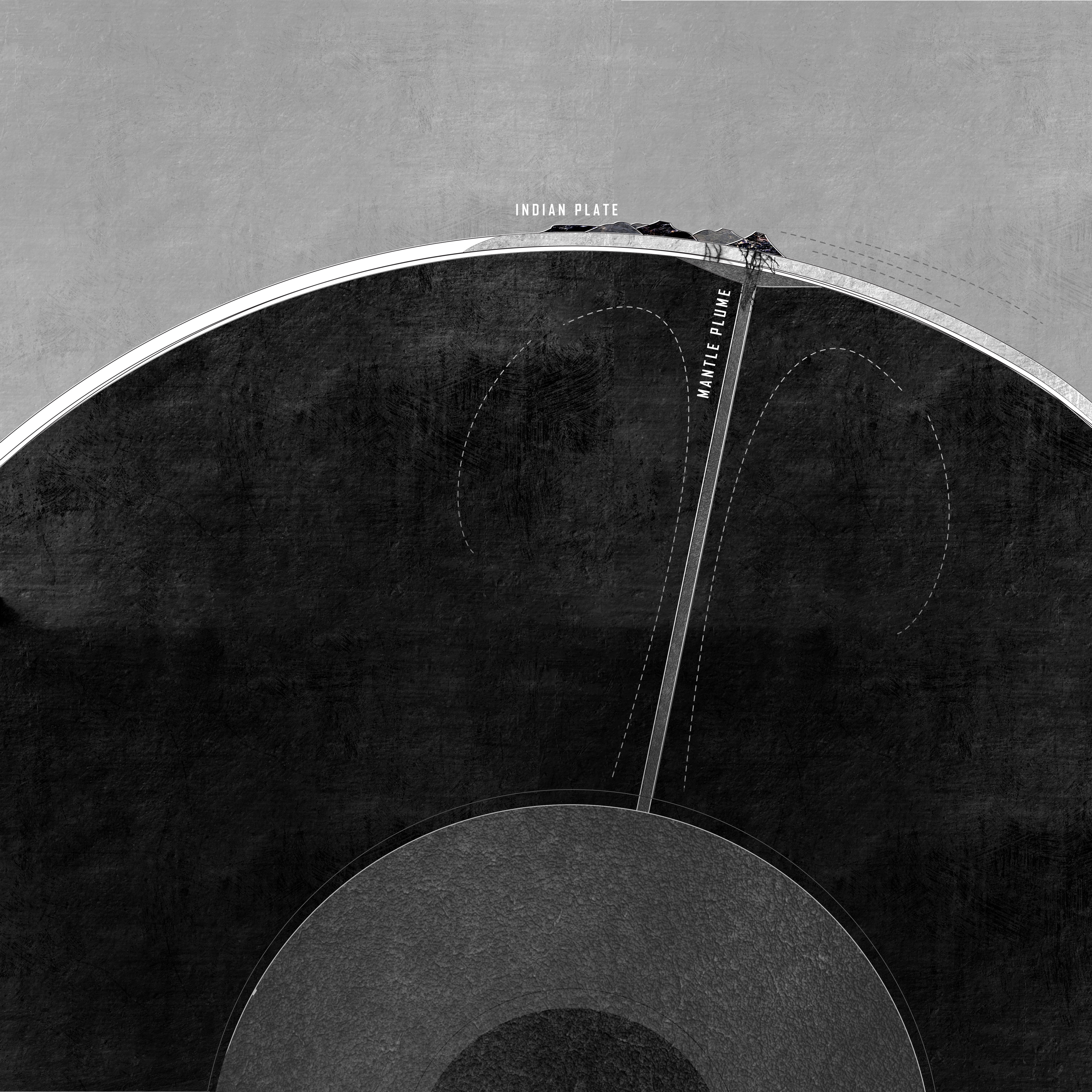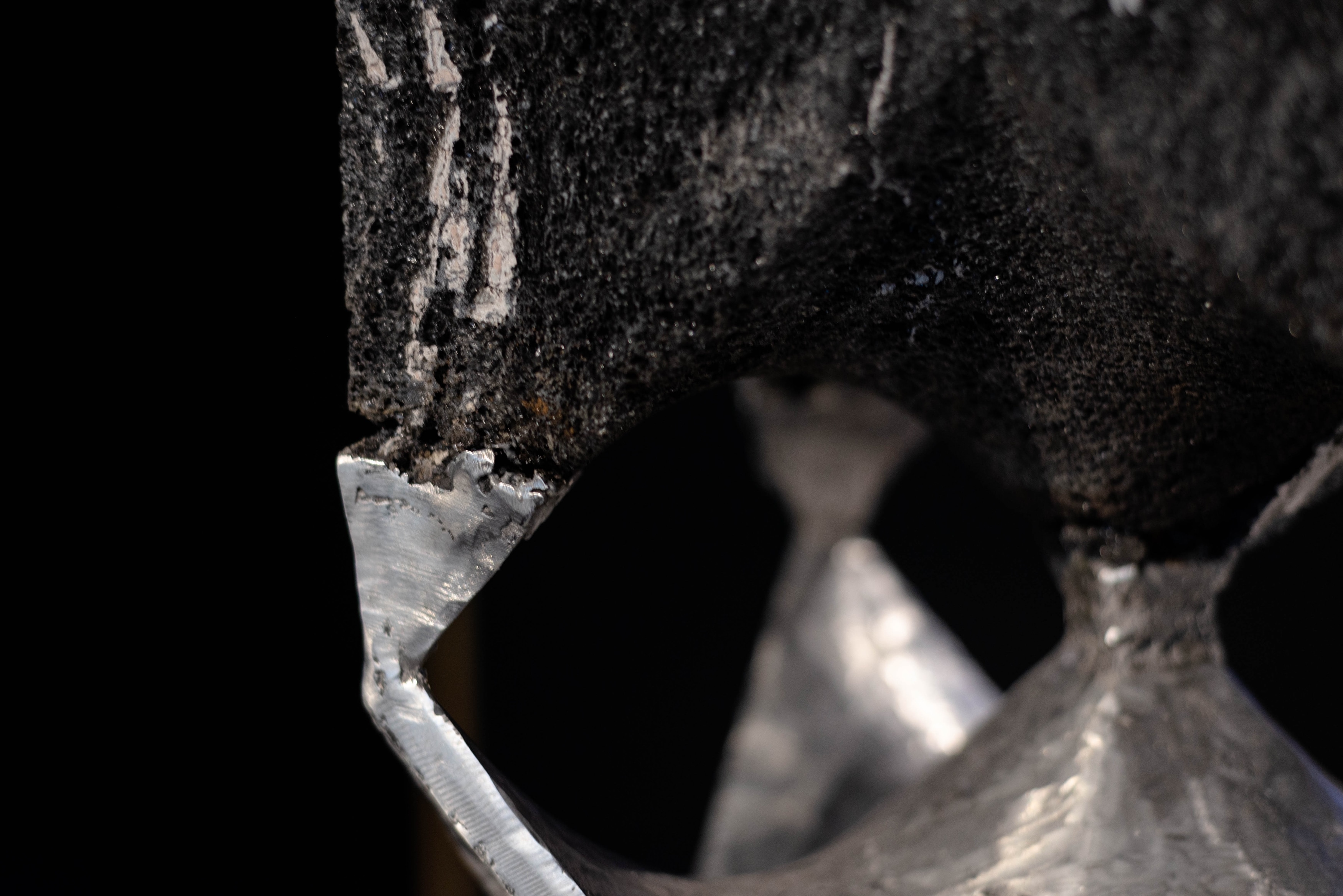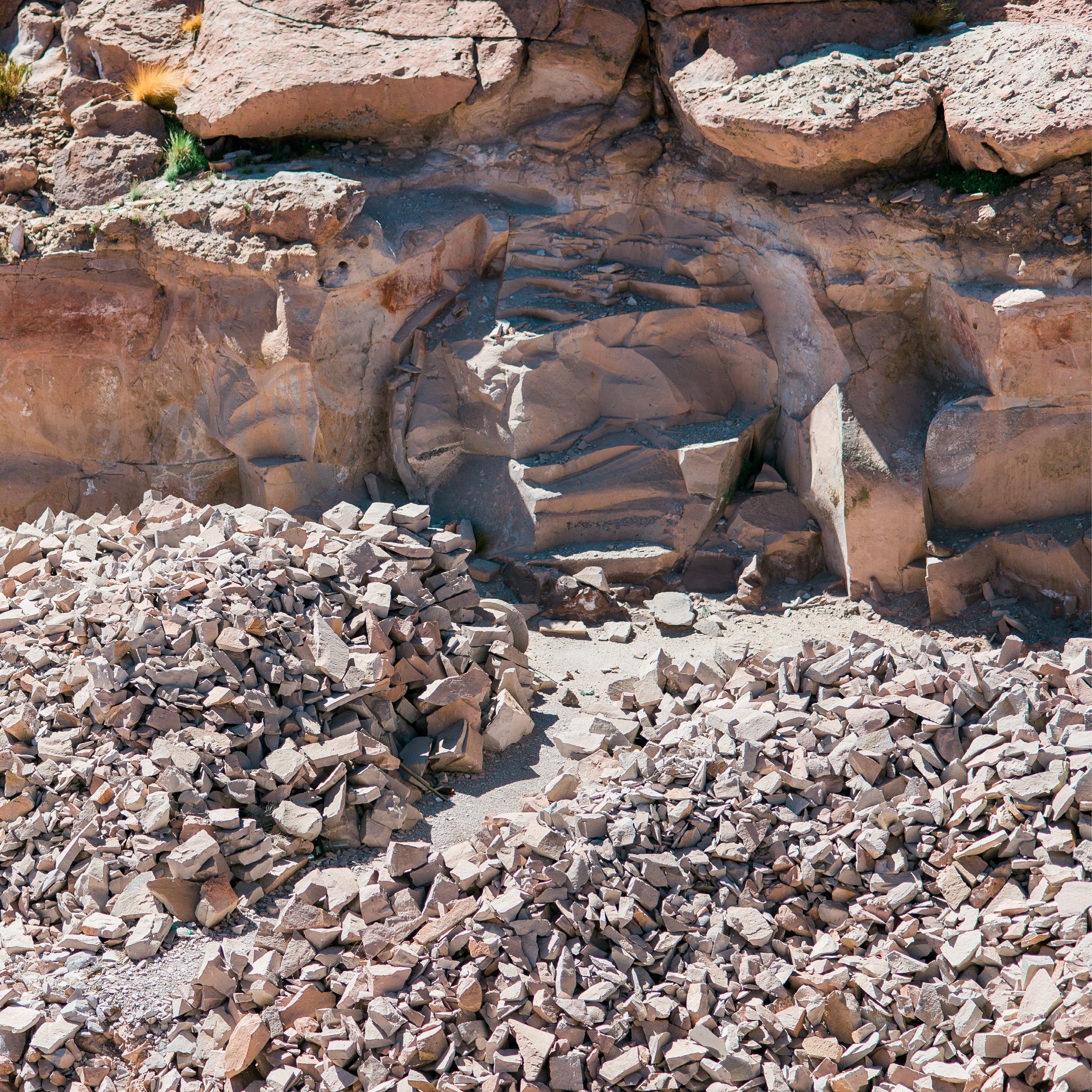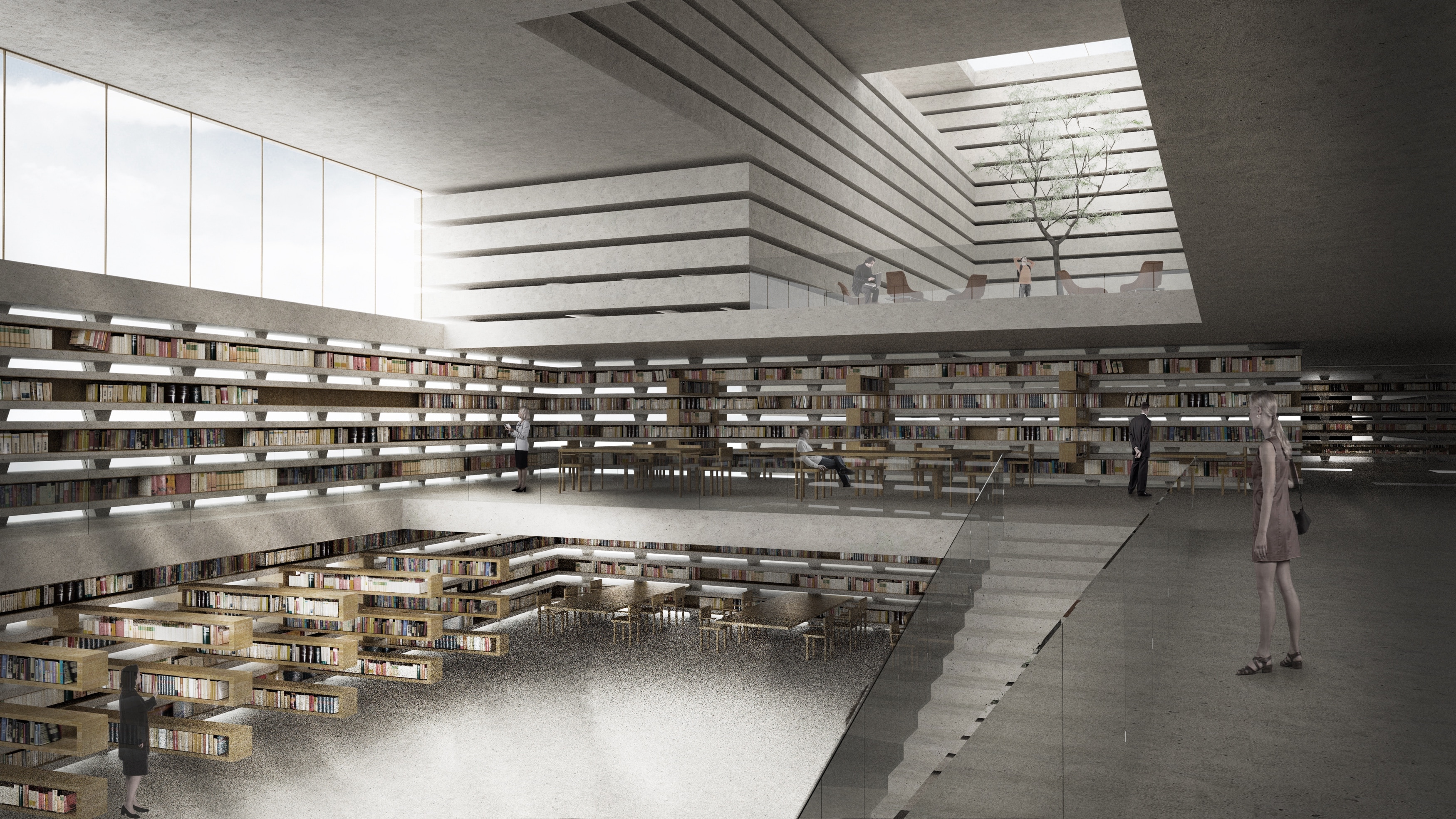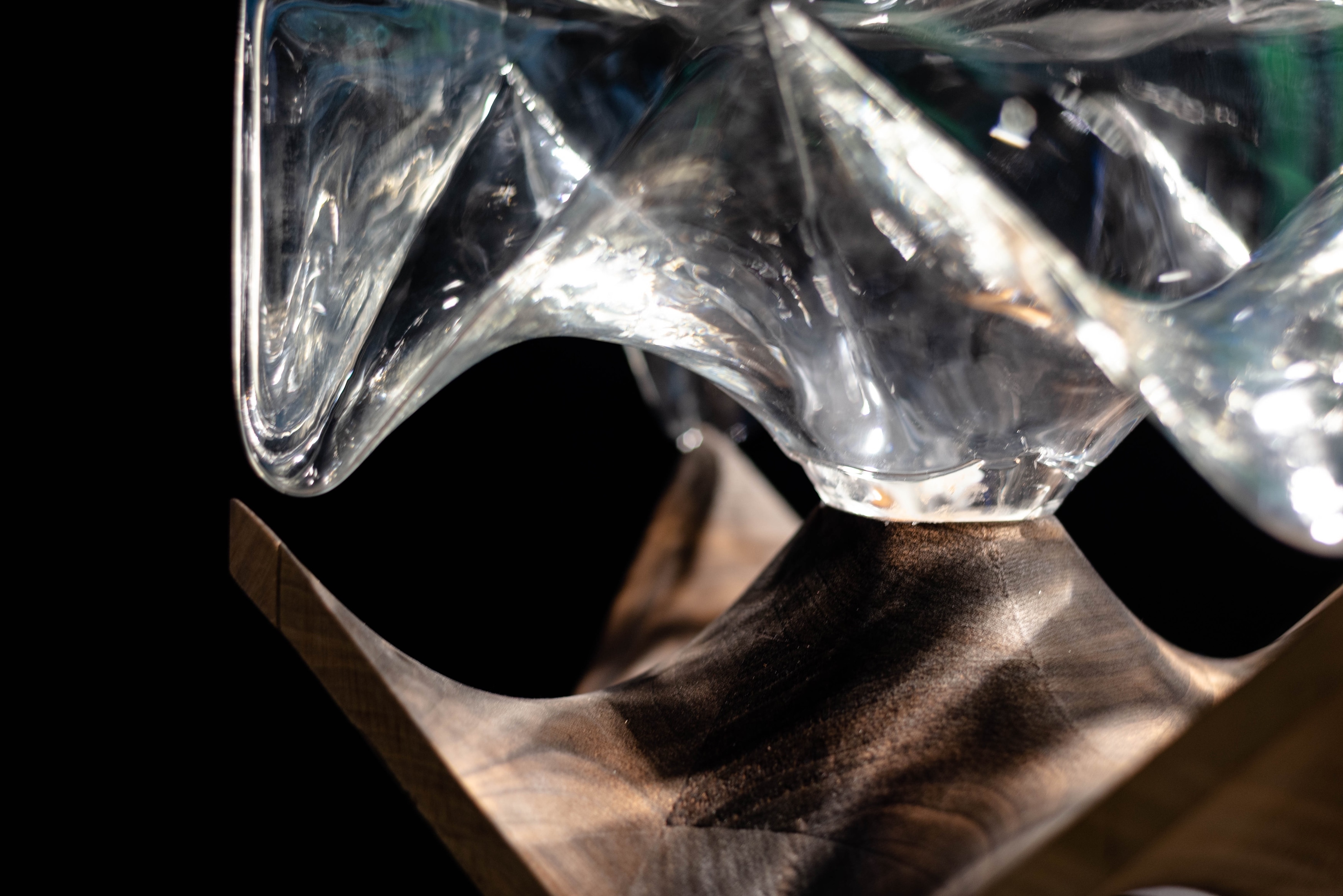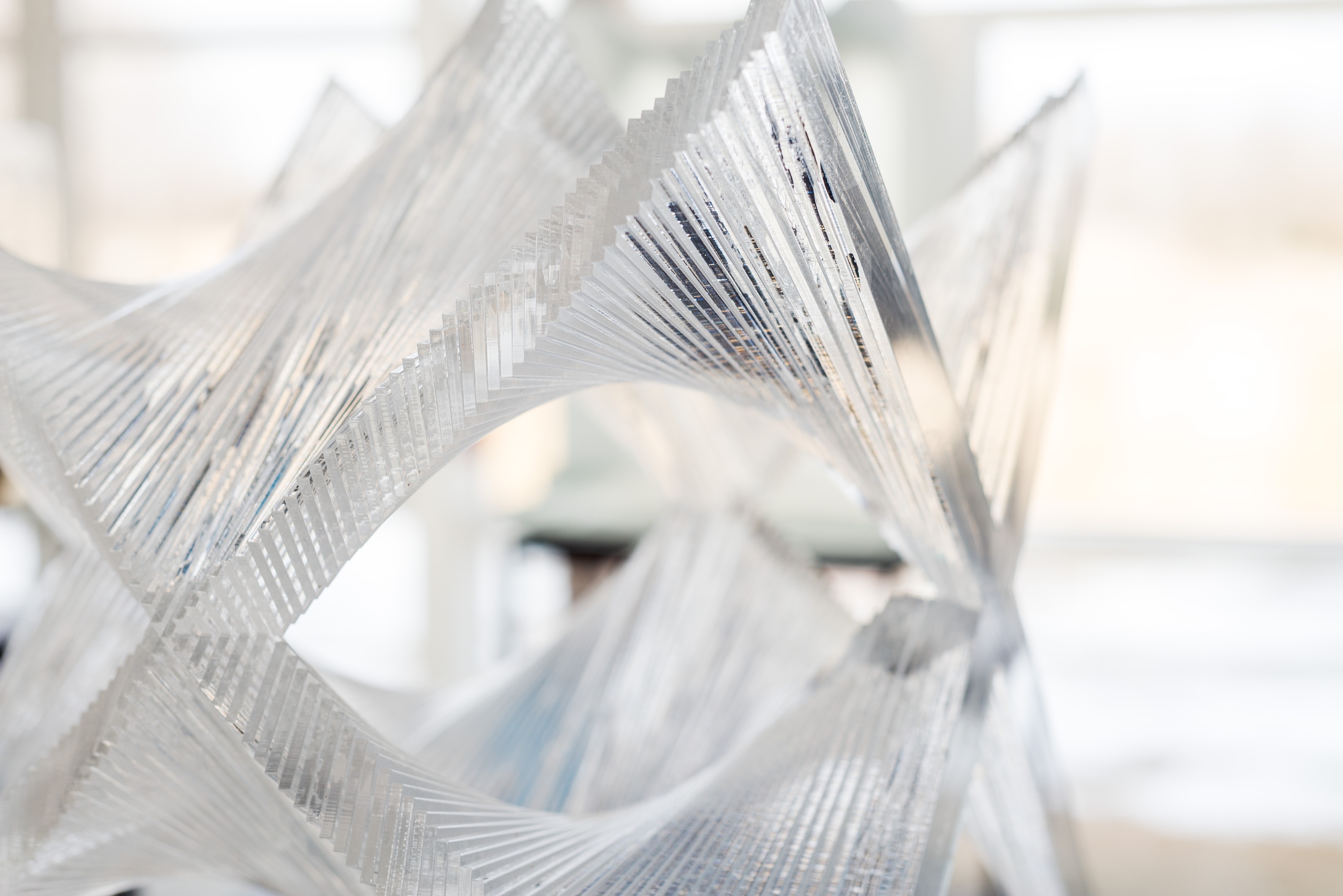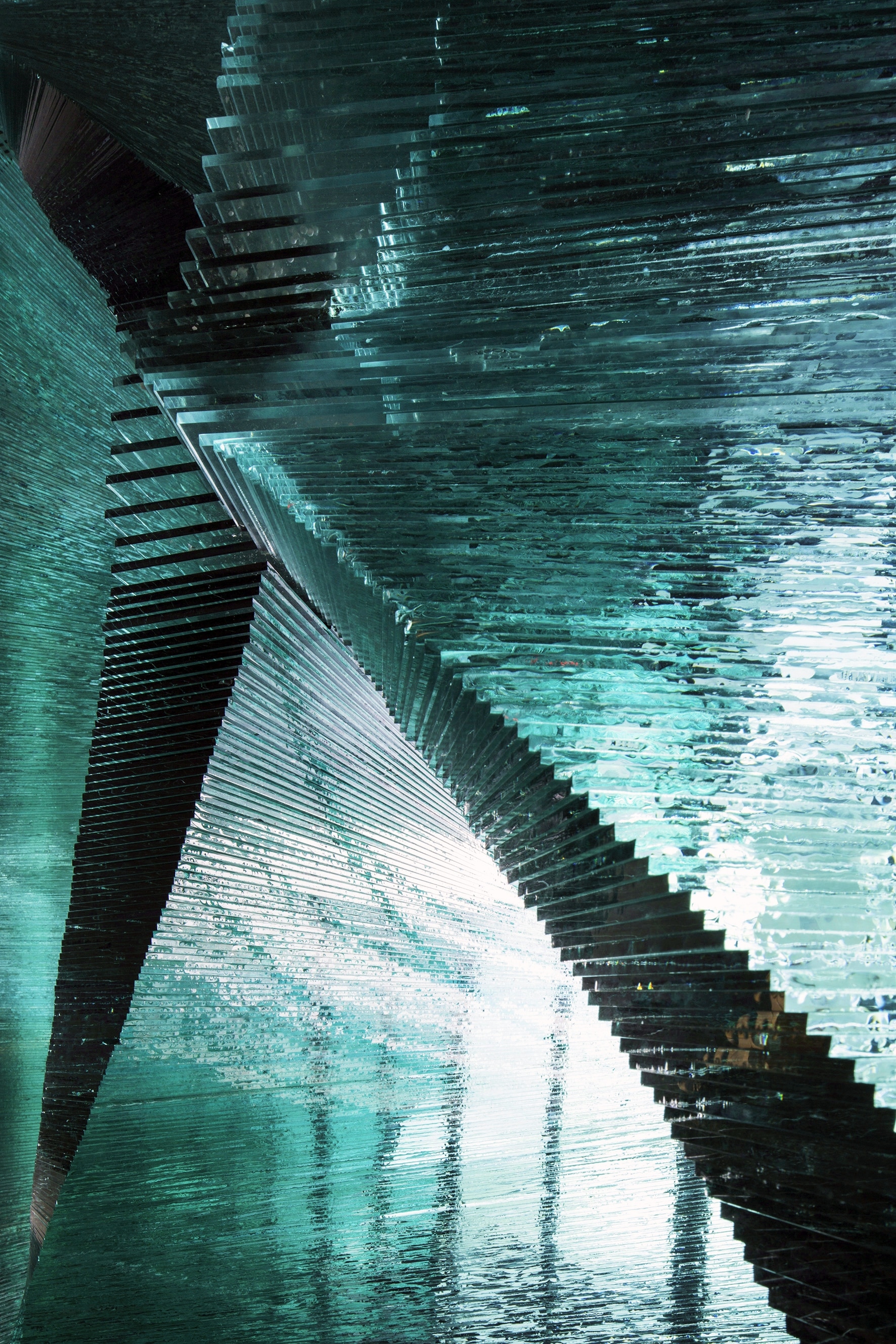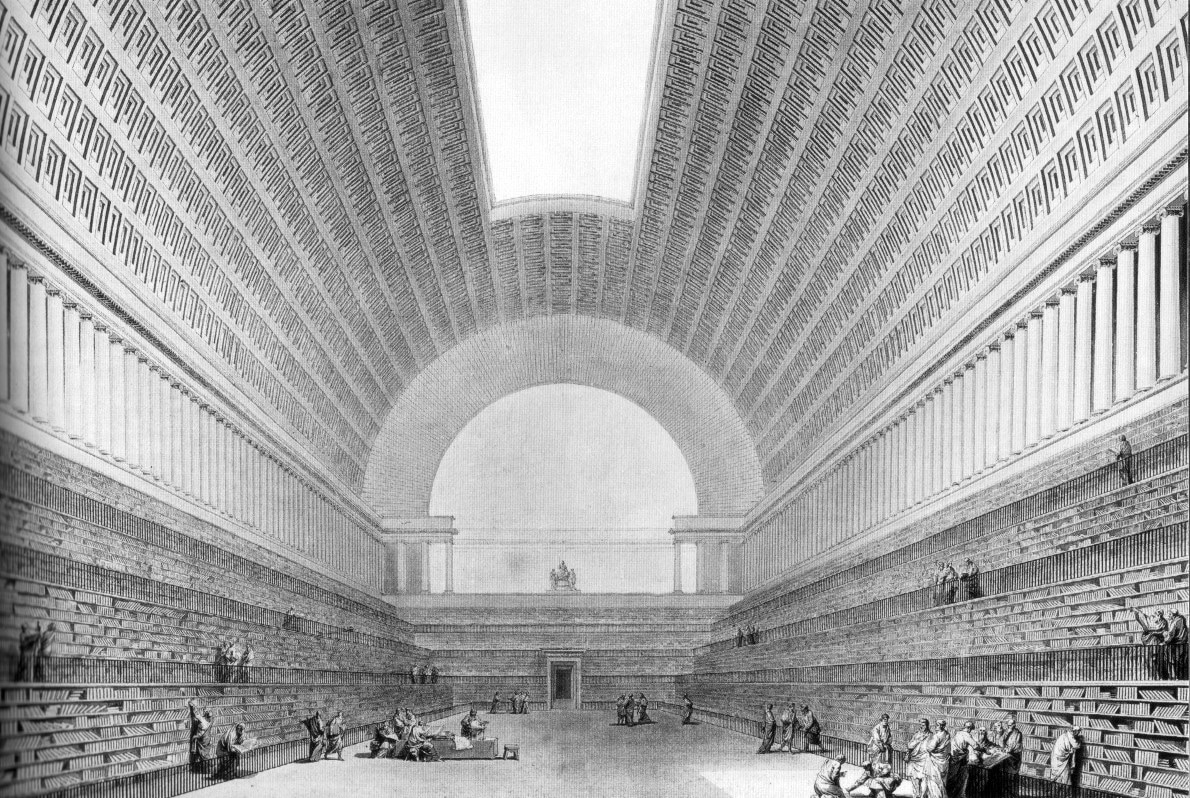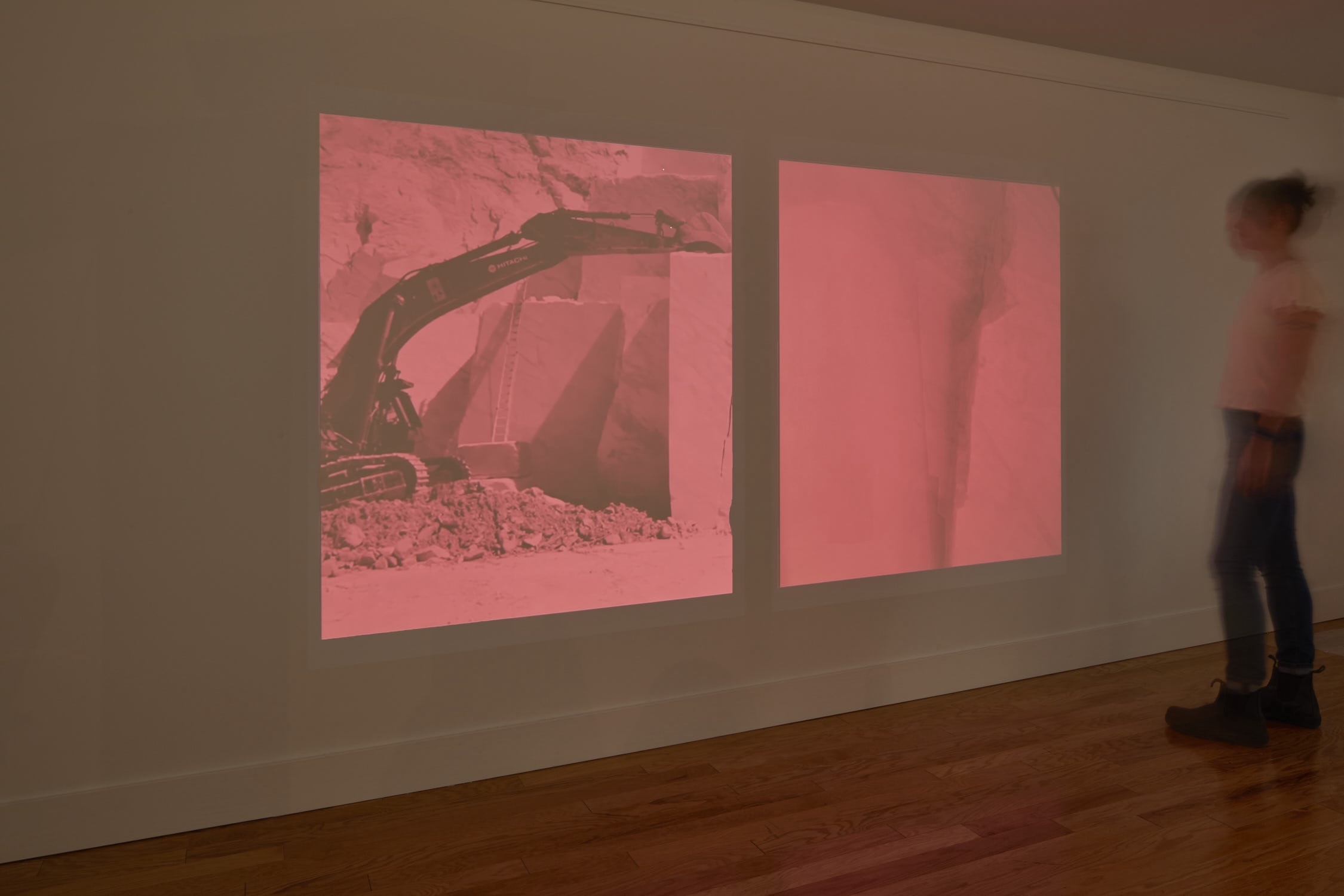About the project
The Deep Time Project is a platform for inquiry, research and experimentation that explores architecture as a deep time material event.
We understand architecture as a moment where vastly different temporal trajectories — deep and shallow — intersect.
We propose a new conception of agency: one that situates architecture within a world of entanglements among geological, technological, human, animal, and viral bodies co-producing the environment.
We practice architecture through buildings and installations (Transtectonics), writing (Words), video experiments (Material Events), and public programs and exhibitions (Worlds).
